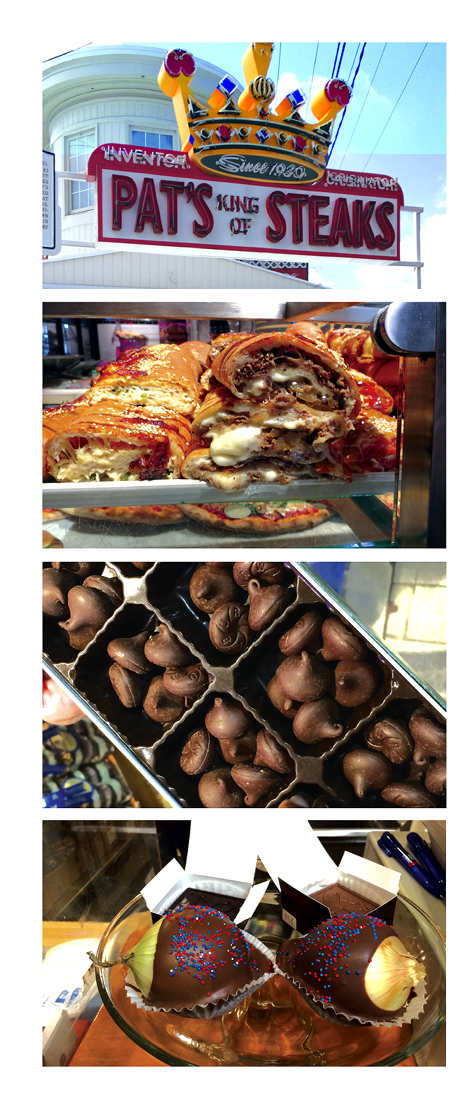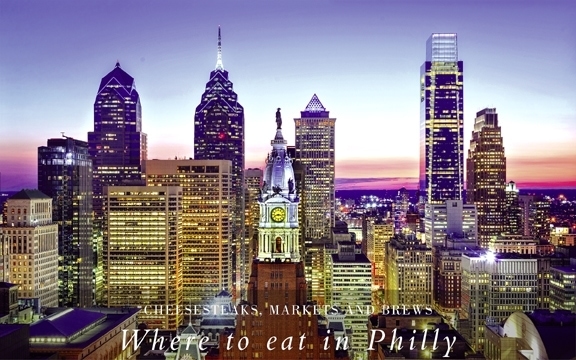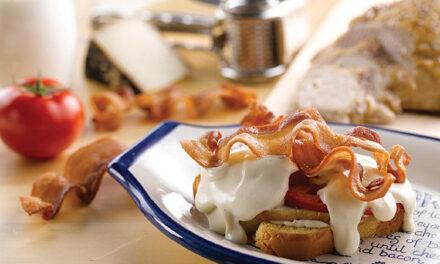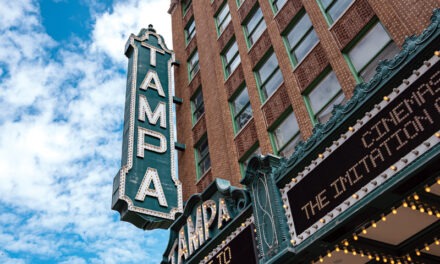USA
Cheesesteaks, Markets and Brews – Where to eat in Philly
Article & Photography by Jennifer Merrick
 Two words. Apparently that’s all it takes to order the City of Brotherly Love’s most famous sandwich. But I’m still worried as I stand in line at Pat’s, Philly’s iconic cheesesteak establishment, which has been operating since 1932.
Two words. Apparently that’s all it takes to order the City of Brotherly Love’s most famous sandwich. But I’m still worried as I stand in line at Pat’s, Philly’s iconic cheesesteak establishment, which has been operating since 1932.
Should I order, “American with” or “with American”? Do I just say “Whiz” or “Cheez Whiz”? Do I even dare to try it with Cheez Whiz? Maybe provolone would be better?
Locals are born knowing the rules of ordering this classic; but for the rest of us, here are the basics:
1. With or without (properly pronounced wit or wit-out) refers to onions.
2. The three choices for cheese are Whiz, American or Provolone. To say cheese when ordering would be redundant; to say something along the lines of I’ll have a Philly cheesesteak sandwich with Provolone and onions, for example, would be particularly dense, considering firstly that you are in Philadelphia, and it’s just far too many words when volume is this high. ‘Provolone with’ means the same thing and ensures the line moves quickly.
3. Have your cash ready. “Do all your borrowing in line,” the sign above the counter says, which also has the above rules clearly laid out should you forget.
The stakes, or should I say steaks, are high. “Don’t panic if you get it wrong,” the sign reads, “just go to the back of the line and start over.” It’s a long line.
“I’ve actually never seen anyone sent to the back of the line,” says Carolyn Wyman, author of the Great Philly Cheesesteak Book. “What I have seen are customers getting basically two pieces of bread with only the tiniest bit of steak as ‘punishment’.
Isn’t this a bit harsh?
“Tough love,” shrugs Wyman. Mmmm….City of Brotherly Tough Love doesn’t have quite the same ring to it.
My anxiety level rises with every booming, “NEXT!”, and we move closer and closer. In no time, we’re at the window.
“One American with, one without, and a Provolone with,” I say quite pleased that the words I rehearsed in my head for the last 15 minutes come off without a hitch. “$30 dollars”, says the man, and the sandwiches slide towards me.
Then panic sets in.
Where’s my money? My wallet’s gone! In my worry over getting the order right, I had forgotten rule # 3. I rummage in my bag, a bag referred to by my kids as ‘The Bag of Doom’ or alternatively the ‘Black Hole’ because of its ability to swallow objects whole, never to be seen again. I stop breathing, my heart races as I rummage and rummage. Ten minutes later (actually more like 10 seconds) I remember that my wallet is in the hotel safe and the cash was in my pocket. I avoid eye-contact as I quickly hand over the money and grab the sandwiches.
Who knew ordering a sandwich could be so stressful?
You may wonder if a sandwich is worth all this bother. In a word – yes. The Philly cheesesteak lives up to its hype. Simple. Perfect.
Why?
There are a lot of theories as to why the steak sandwich in its birthplace is so much better than anywhere else. A particular bakery, the right cut or even “there’s something in the water” are some of the ideas put forward. But Wyman asserts that it’s simply the freshness of the bread that makes the difference.
“It’s not only baked fresh daily, but baked fresh three or even four times a day.” That does makes sense, but I’m wondering if it’s the effort of ordering that improves the taste.
Reading Terminal Market
As good as the cheesesteaks are, it’s not the only culinary fare that has roots in Philadelphia. Turtle soup, scrapple (a spam-like pressed meat) butter cake and Hershey Kisses, as well as more traditional favourites like commercial ice cream, hoagies and pretzels have their lineage here, as we find out on Wyman’s Taste of Philadelphia Food Tour at Reading Terminal Market.
Established in 1892, this railway station market is one of the oldest in the US, and has served all walks of life from Grace Kelly’s family to the city’s workers. It remains today a microcosm of Philly society. “The market sells the most expensive cheese in the city, but also accepts the most food stamps anywhere,” says Wyman. So even if you don’t come for the food (though you’d be crazy not to), the people watching is just as good.
“Everybody comes here,” says local, Veronica Blue. “I tell everybody that visits — they gotta go to the market.”
And everybody, it seems has their favourites. When I ask for directions to the market, a friendly passerby not only points us in the right direction, but also adds that we HAVE to try Beiler’s doughnuts.
“They make them right in front of you. I have six in my backpack right now.”
The Travel Channel voted DiNic’s roast pork sandwiches the best sandwich in the country.
Then there’s butter cake at Flying Monkey, soft made-on-the-premises Amish pretzels at Miller’s Twist, chocolate-covered pretzels at Mueller Chocolate Co., pastrami sandwiches at Hershel’s, hoagies at Carmen’s and we can’t forget ice-cream at Bassetts’. This creamery’s history spans 155 years, and is credited with being the first to commercially produce the cool dessert we now eat 1.4 billion quarts of a year in North America. Still run by the same family, six generations later, it’s worth saving room for. Of course, it may be easier just to come back to Philly.
More Than Sandwiches
The food scene has grown exponentially in the last seven years, and Philadelphia has made a name for itself as an unpretentious foodie destination. Not surprisingly given its heritage, some of the best Italian food in the US can be found here, and many of the restaurants are BYO, meaning customers bring their own wine. Indulge in authentic antipasto and delizioso mains at L’Angolo, Le Virtu, Mercato and Palladino’s. At Victor Café, waiters will perform operatic arias as they serve up cannelloni and linguini and clams. We wander through the Italian Market on 9th Street, and stop in for an espresso and chocolate pick-me-up at Anthony’s Chocolate House (don’t leave without trying the chocolate-covered figs with almonds).
Craft brews were popular before Portland even had a name in the 19th century ‘Cradle of Libation’ as Philly was nicknamed. Modern-day beer lovers can try their favourite pale ale, IPA or saison at any number of establishments, including 2nd Story, Philadelphia Brewing Company, Yards’, Saint Benjamin, Bar Hygge and Manayunk’s. True beer connoisseurs shouldn’t miss a chance to dine at Monk’s Café, where a Beer Bible awaits with an encyclopedia of suds to choose from. Go early to avoid line-ups.
Iron Chef Jose Garces restaurant Amada, with an extensive menu of traditional and original small dishes, is credited for starting the tapas movement. Garces now owns six more eateries, including Tintos featuring Basque Country cuisine and Distrito, a lively and colourful Mexican cantina.
But whatever you try, don’t skip the humble cheesesteak sandwich. “It’s blue collar; it’s our heritage,” says Wyman.
Just be sure to learn the rules of ordering!
While we were in Philly, we stayed at the Windsor Suites, and enjoyed its central location and the views of the Benjamin Franklin Parkway. The newly renovated kitchen was lovely, though we didn’t end up using it.
www.visitphilly.com
Click on cover to view published article






